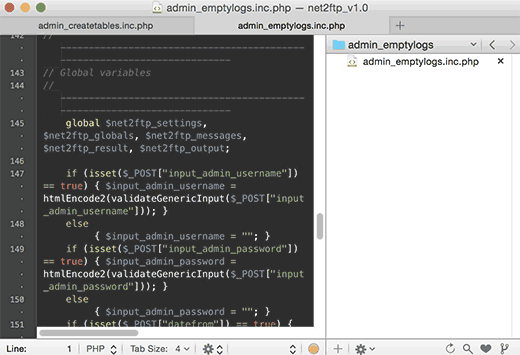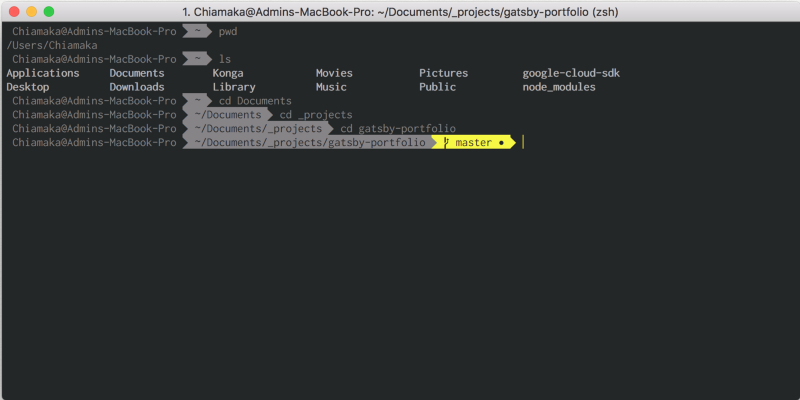

It is especially useful for editing programs. Many users edit and modify the hosts file so that they can point a domain to a different IP address, whether for the purpose of local development, blocking sites, or simply to access alternate servers from various apps and system level functions. If you make a mistake when editing a document, press esc and then u for undo.As a result of these actions, the old Hosts file will be deleted, and the new one will be used by the system instead. If the commands you are typing are going into the document instead of having an effect, remember to press esc first! If you want to get out of vi without saving your changes, use: If you haven't used something like vim before then it might take some getting used to, so spend some time working out for yourself how vi works before you really need to use it. You then need to quit from vi so you press the esc key followed by: This writes the file with the new changes. You would then press the esc key followed by: When you have finished making the changes you may wish to save the file. This puts you in the insertion mode and now anything you type appears in the document itself. To insert new content or change the existing content of the file in vi you need to type: You can scroll up and down the file using the up and down arrows on your keyboard. This opens the "MyExample.txt" file as explained above, or creates a new (blank) file if it did not already exist.

First open a file as you did in the above example: At anytime you can press the esc (escape) key to return to read-only mode. It is in this mode that you type the commands. This means that when you first open the file you cannot change the file. Vi always opens a file initially in read-only mode. The following is a table of vi commands you should know: An "i", for example, is short for "insert". The commands are all designated by shortcuts. Where "command" is the name of the command you wish to use. Many commands are executed by just typing a single letter, or they are in the format: In command mode, the i command switches to insert mode, while in insert mode the escape key switches to command mode. You use command mode for file management, searching, editing commands such as cut, copy, and paste, or for exiting vi, and insert mode for entering text. There are two modes in vi, command mode and insert mode. If we assume there is a file called "MyExample.txt" then the above command opens vi with the file loaded as so: Note: If you the type the above and the file "MyExample.txt" does not exist then vi opens a new (blank) document. For example if you wanted to read the text file called "MyExample.txt" in the same directory you are currently working in then just type: To open a file with vi it is best if you type the name of the file you wish to open after the vi command, so that vim opens with the file already loaded. You can use vim as a text editor so that you don't need to open any other Activities to read or write most documents. Typing vi at the command line brings up the following view. The vi (visual editor) program can also run in the Terminal Activity. These options can be viewed with the command The nano command has many options, such as naming a file to open, and positioning the cursor at a specified row and column position when opening the file. Control-g brings up a help file that contains the rest of the nano commands.

Some of the most frequently-used nano commands are shown at the bottom of the window, where the caret character ^ means to hold down the control key and the indicated letter key at the same time in order to perform the function shown. ^X Exit ^J Justify ^W Where Is ^V Next Page ^U UnCut Text^T To Spell ^G Get Help ^O WriteOut ^R Read File ^Y Prev Page ^K Cut Text ^C Cur Pos When nano is started from the command line, the following text window appears: It is a relatively simple editor, which has the advantage for many users that it is easier to learn than more powerful editors such as vi (below). The nano editor (Nano's ANOther editor) is installed on all XOs.


 0 kommentar(er)
0 kommentar(er)
